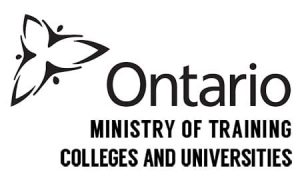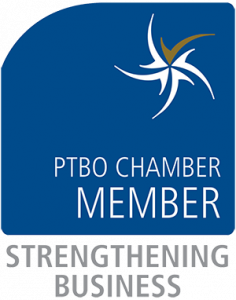
Ontario businesses that have managed to survive all the way to Stage 3 of the province-wide re-opening that began in July are still finding their way around the “new normal” for operating.
While mandatory mask-wearing seems to have helped bring shoppers back out, many brick and mortar businesses remain challenged in keeping customers comfortable with the in-person shopping experience. Employees working in office-based businesses also need reassurances of workplace safety. That means keeping COVID out, and showing customers and staff how that’s being achieved.
Here’s a closer look at some steps businesses can take to keep COVID-19 at bay as the province continues to navigate its way through Stage 3 of its recovery action plan.
What Exactly Does Stage 3 Mean to a Business?
Stage 3 is the term used by the Ontario government to describe the third stage of its recovery action plan designed in response to the COVID-19 pandemic. It allowed nearly all businesses and public spaces to be re-opened, following the guiding principle of physical distancing and indoor mask use wherever distancing can’t easily be achieved.
To help make Stage 3 a continued success, the Ontario government is asking businesses to remain vigilant in following a COVID-19 safety plan. That safety plan should follow a few key elements, described below.
Take Measures to Encourage Physical Distancing
To encourage physical distancing measures, and ensure these measures can be maintained, professionals with business management training can follow a few important steps. Having arrow markers taped to the floor to indicate the intended walking direction in aisles and other spaces helps ensure that everyone knows where they should be, and helps keep them safer. Assigning seats or taping off areas in waiting rooms is another way to keep safe distances between people.
Make Sure that High-Touch Surfaces Are Often Cleaned
Disinfecting is critical for the prevention of the spread of coronavirus. Businesses should get into the practice of wiping down the surfaces most often touched by customers and staff, such as countertops, payment keypads, and door handles. Restaurants should sanitize eating areas in between customers. Professional cleaners can be hired to do a thorough cleaning at the end of each workday, or as often as can be afforded.
If the budget doesn’t allow for additional outsourcing, employees can help with a routine sanitizing practice at the end of each workday or shift to include floor mopping and thorough wipe downs of all high-touch surfaces, preferably with a bleach-based product or some other cleaner known to kill virus bugs.
Minimize Contact with Customers
Authorities have also provided recommendations for minimizing person-to-person contact. Installing plexiglass barriers between cashiers and customers is an effective method many businesses are using.
Businesses should also encourage pre-payment of orders and cashless payment options where possible. Asking customers to book appointments in advance, marking pickup locations, and asking people to remain in their vehicles when loading orders are other methods to minimize opportunities for virus exposure.
Supply Hand Sanitizer and Safe Garbage Disposal Areas
Placing hand sanitizer at a business’ entrance along with a sign to clearly indicate that its use is mandatory before entering is recommended. It’s also a good idea to have garbage bins readily available at the entry and exit points of a store so that customers can quickly and safely dispose of potentially infected masks, gloves, or sanitizing wipes.
Give Employees Clear Guidelines
If you’re interested in attending business college, you might be a natural leader. This can be a great asset, as it can help you convey important information and new training to employees.
During Stage 3, businesses are implementing new guidelines to keep employees protected. Beyond frequent handwashing, other methods that can be used in the workplace to curb virus spread are staggered lunch times to increase space, conducting meetings outdoors if possible, encouraging work-from-home policies, and shift assigning to reduce the number of people in the workplace at a given time. All staff members should also be asked to adhere to a strict set of guidelines that includes clear instruction for remaining home if they should come down with any symptoms of COVID-19.
One constant in the business world is change, and COVID-19 has proven to be a prime example, causing unprecedented changes to the ways that businesses must operate. Adapting to safety measures issued by public health will be key to moving through this ongoing phase of business recovery.
Are you interested in completing a business management diploma program?
Contact Oxford College today to learn more about our exciting!






